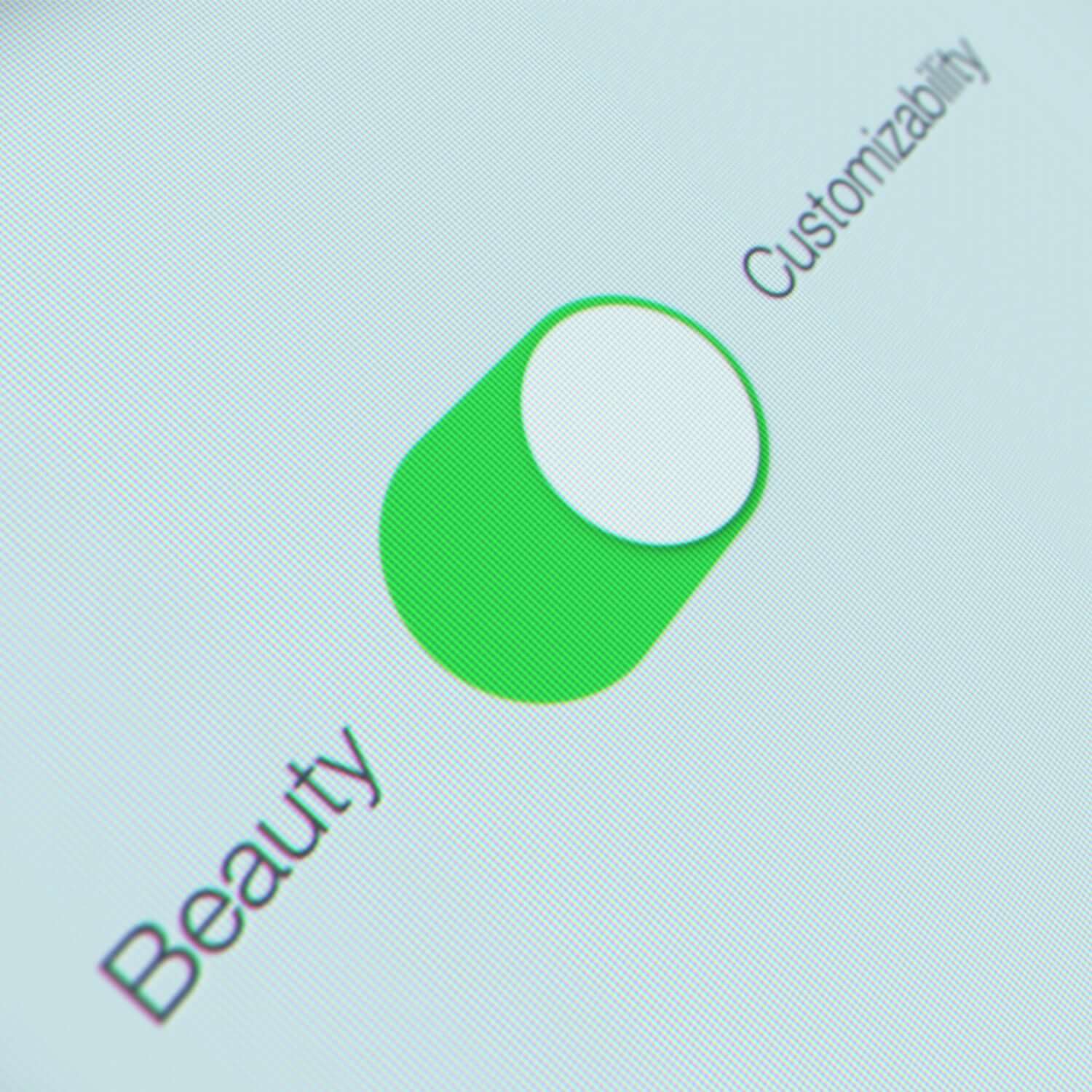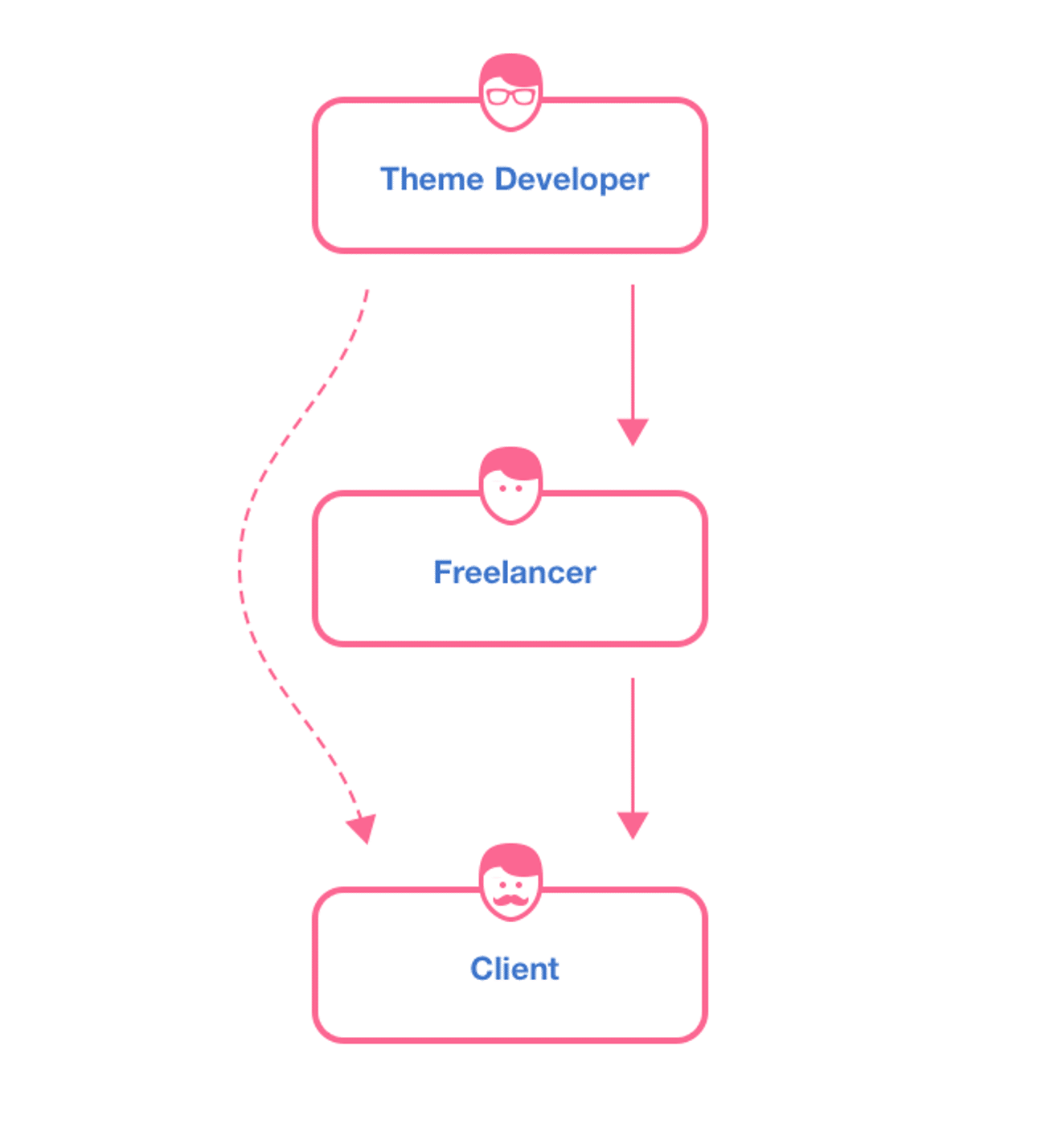What is wrong with WordPress?
WordPress, originally created for blogging, is a highly popular platform for publishing content on the web. Its openness and flexibility allowed millions of developers and designers to create websites and applications. But over the years, it rarely improved its foundations.
There are two reasons for this:
- Backwards Compatibility: WordPress creators had to deal with legacy users. This means they cannot mess with the foundation that easily.
- It’s Been Misused: WordPress was originally a weblog platform. (Look at the name!) Now it’s used in mega real-estate listing websites. It has never had a specific target market to focus and improve for.
But, does this mean WordPress is fading? Probably not. However, with the rise of new, vicious competitors, it probably could.
Squarespace, WIX, Weebly, etc. are racing towards customisation and simplicity. These modern solutions are usually equipped with a built-in visual editor and comprehensive set of options for customisation, which is not exactly the case with WordPress. And the sad part is, there’s nothing WordPress can do about it. It’s so old and big that it cannot move much.
WordPress Food Chain
So, what can be done? The answer is: changes should be made not by WordPress creators but by WordPress theme developers. Let’s see who these people are.
WordPress, in its core, is incredibly flexible. It’s so customisable that you can create not only websites, but web applications with it. Although the end user experience is not great with WordPress, it is a haven for developers.
Modern WordPress themes are essentially web applications, dramatically extending WordPress UI capabilities which can handle a wide range of websites and applications.
Here’s how the WordPress market works:
1. Theme developers create WordPress themes and license them for a massive number of users, free or commercial.
2. Freelancers use WordPress themes to create a website for their clients (End users).
3. Clients: These lads – which form the biggest chunk – use WordPress themes as business owners, bloggers, marketers, etc. Sometimes, end-users take control of their websites, which eliminates freelancers from the food chain.
Solution
Yesterday, people were happy to pay for a WordPress theme so they can change the look of their website once in a while. The problem was that every time you change your WordPress theme, you need to deal with a whole new product — a different vendor with a different mindset.
To kick off your website, you needed to learn the new theme first. That awfully sucks, if it’s your job to create websites with WordPress themes for people. It’s like having to deal with a whole new Photoshop for every new project! This is how the new generation of themes were born: Customisable WordPress Themes.
This was a huge moment for users since they could finally design websites with more variations and look. But then again, there’s a problem. Although the new theme lasts longer, it will soon run out of variations and you have to get a new one again, eventually. That’s because the theme has an accent that is deeply integrated into its user interface. A subtle identity. A voice that it is known for.

So, what if there was a WordPress theme that allows people to create their own user interface?
The real customisability happens when you can change things at its building block level, such as a completely neutral user interface which never gets old, never sounds too familiar, never retires, and never looks too good or too sad.
All you’re given to work with is just a raw set of elements with an appearance that merely exists in your imagination. In fact, it’s now the user’s job to give the website an identity, shape it the way they want, stylise buttons and smooth out corners, reformat headers and footers and so on.
It may look scary for users who prefer a more ready-to-use solution. But again, there’s a way around this. Theme authors can include a set of preset styles and customisations for those people in a rush to build their website. Everyone’s happy! Considering the amount of freedom WordPress gives a developer, a theme is not just a theme anymore.
It is a new application that offers an all-new user experience. It can cover the downsides of WordPress and introduce creative ways to fix its flaws. Neutralising user interface is one huge step to fix something that is broken about WordPress websites, and that is its “lack of originality”.




No comment yet, add your voice below!